April 20-24, Birmingham
Robotics & Market Insights
Healthcare Robots: Overview of the Top 10 Use Cases
The worldwide market for healthcare robots is estimated to be USD 10.56 Bn in 2021. According to Data Bridge Market Research, it will grow at a CAGR of 22.3% through 2028 and reach USD 43.22 Billion.
There are many emerging applications for which only a few vendors exist. Some applications are mature, and many vendors provide solutions.
In this article, we explore healthcare robots through the following topics:
- Cleaning and Disinfecting Robots
- Safety and Monitoring Robots
- Surgical Robots
- Robotics for Prosthetics
- Rehabilitation Robots
- Robots for Training Medical Personnel
- Social and Telepresence Robots
- Patient Transfer Robots
- Healthcare Robots for Delivering Items
- Picking and Dispensing Robots
- How to Source the Ideal Healthcare Robot
Cleaning and Disinfecting Robots
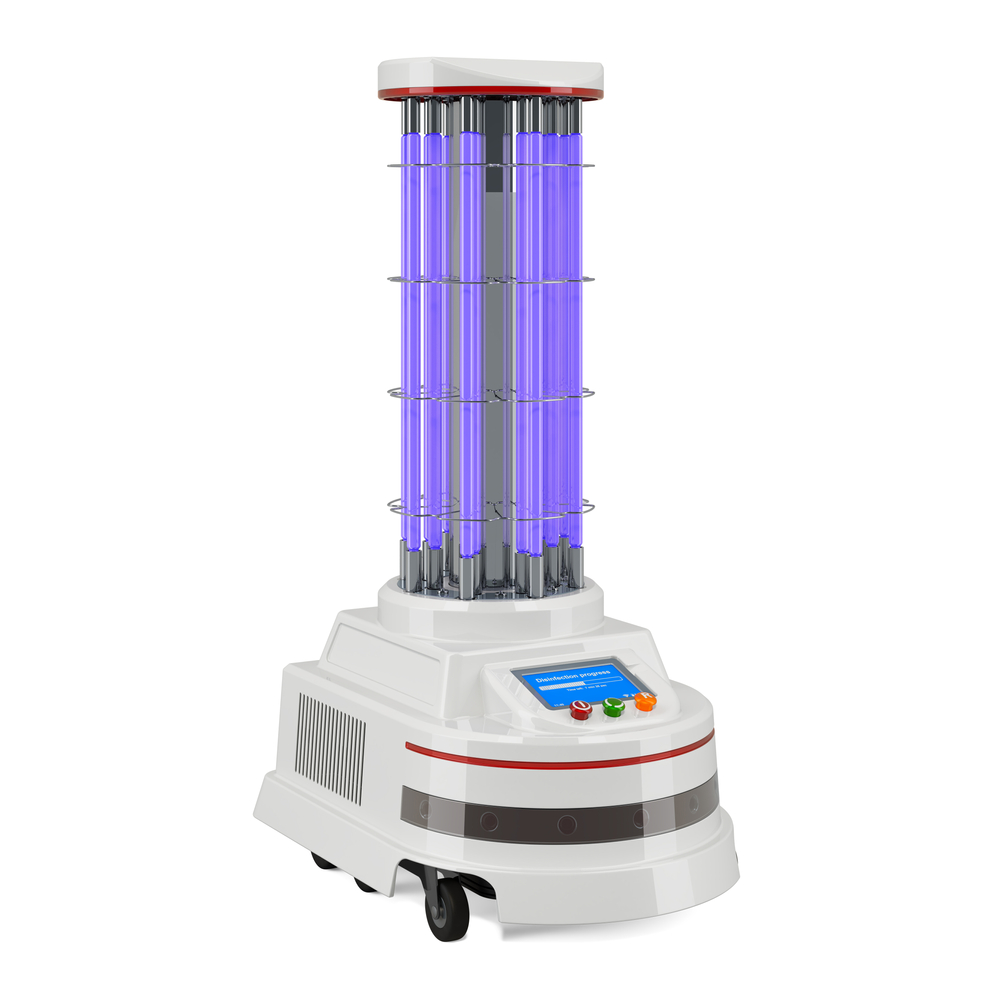
Disinfection robots are faster and more thorough than humans. They keep cleaning personnel safe. And cleaning robots can even improve patient access to expensive equipment.
Many commercial cleaning robots use Ultra-Violet (UV) radiation to disinfect surfaces. Studies have shown the effectiveness of UV radiation in killing viruses and bacteria. Using UV is a "touchless" method of cleaning. It is faster than manual methods involving wiping with a cloth. Cleaning personnel are shielded from potential infection.
The technology is readily available. There are many vendors from which to choose.
Request offers of cleaning and disinfection robots
Safety and Monitoring Robots
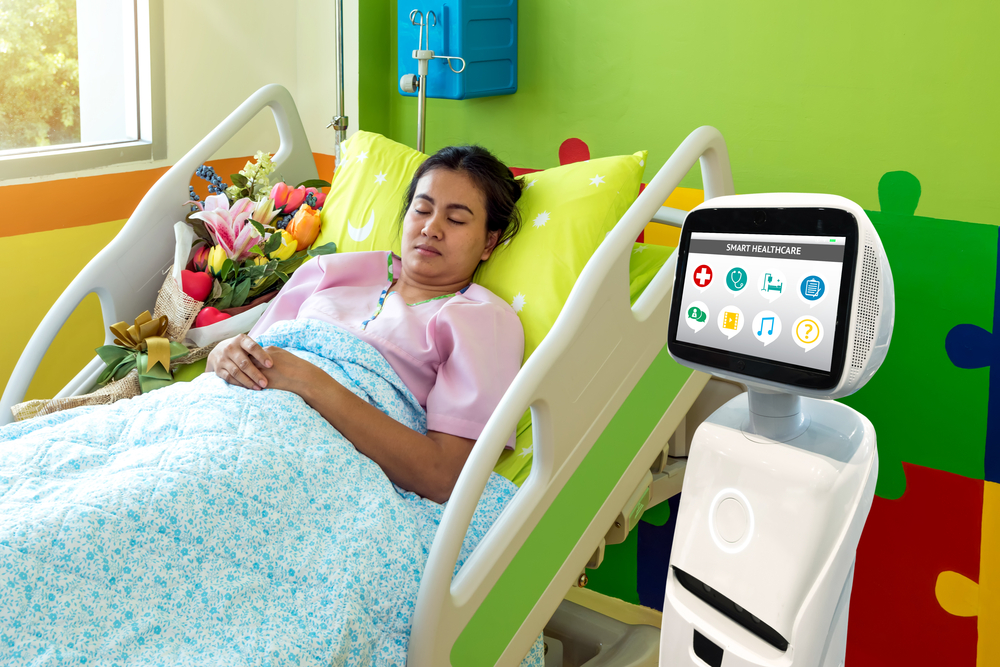
Robots that use computer vision technologies to measure vital signs are being developed. AI-assisted vision enables measurements to be made without physical contact with the patient. Vital signs include temperature, breathing, pulse, and blood oxygen saturation. Although it is still controversial, blood pressure can also be measured using only a camera.
The COVID pandemic accelerated efforts to take contactless vital sign measurements. A touch-free method reduces the risk of cross-contamination.
One approach under development uses a dog-like, four-legged robot with the instruments attached. The robot can travel to an assigned destination, take measurements, and report back.
Such robots are not yet commercially available. Bedside monitors that take continuous, contactless measurements are in clinical trials.
However, wearable, medical-grade devices are available to monitor vital signs. The device can communicate the results wirelessly.
Surgical Robots
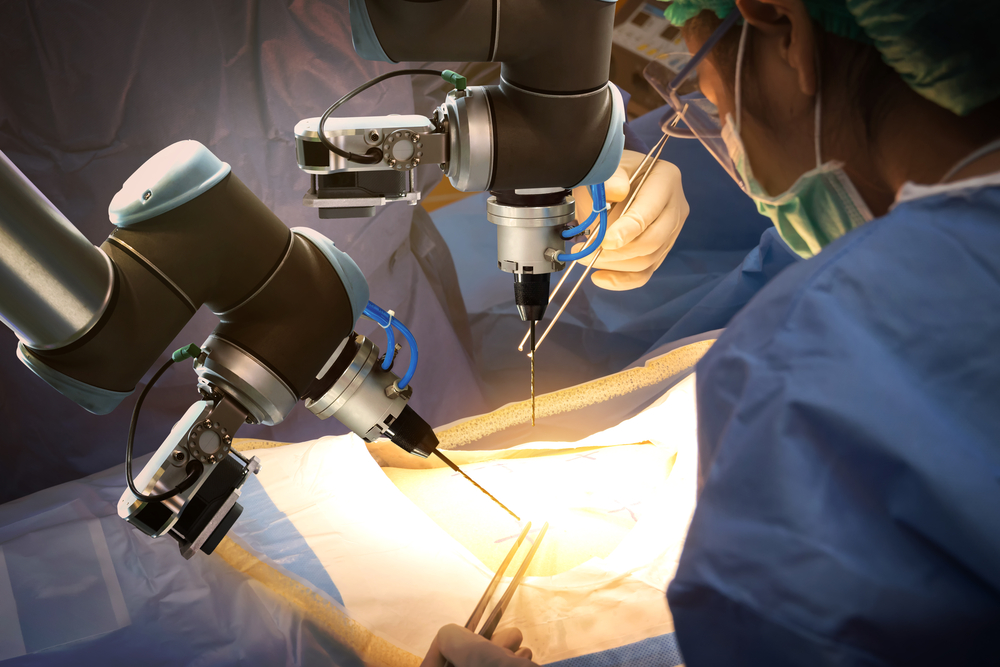
Surgical robots promise minimally invasive procedures. Smaller incisions lower risks for patients and surgeons alike. Other advantages include fewer complications. Robotic surgery causes less pain and blood loss. Recovery is quicker, and scars are smaller and less noticeable.
However, not all the evidence supports these claims.
According to a systematic review in the Annals of Internal Medicine, "there is currently no clear advantage with existing robotic platforms, which are costly and increase operative duration." This conclusion was based on a relatively small number of patients. The review also says further refinement is expected. "Future versions have the potential to improve clinical outcomes without the existing disadvantages." Studies continue to be done.
A single vendor has dominated the marketplace for surgical robots for the last decade. New offerings are in various stages of approval around the world.
Learn more about surgical robots.
Robotics for Prosthetics
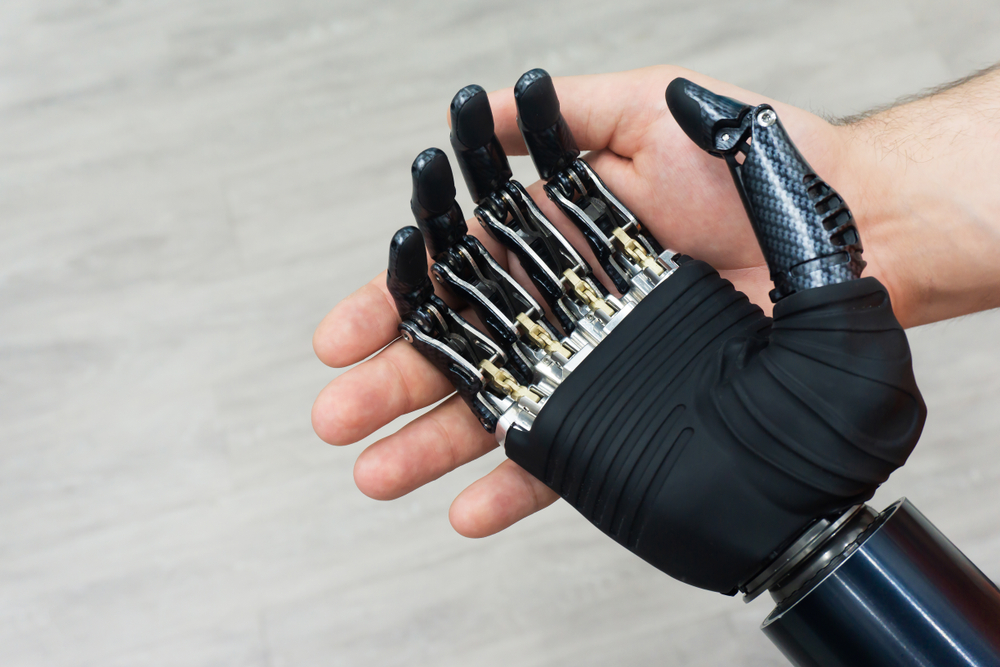
The market is robust for robotic devices to help people with missing limbs and related disabilities. The devices have become increasingly capable. Some prosthetic limbs are controlled by nerve endings at the site of amputation.
In the case of a prosthetic hand, with some devices, the user merely wills to move the fingers, and it happens. This is possible because the brain generates electrical impulses. The signal travels via nerves. Even with an amputated limb, there are still electrical impulses at the amputation site. These electrical impulses are translated into movement by the robotic actuators.
Less expensive devices require the user to set the prosthetic wrist's position manually. Such manual adjustment presumes the user has one functioning hand. Other prosthetics are more advanced, and the user can control the wrist and the fingers with only their will. Some devices come with a smartphone app that allows the user to customize the movements the hand makes.
There are also various devices for prosthetic legs from which to choose. Simpler devices suffice for a less severe disability. Perhaps the person still has control over their muscles and has just lost a portion of a leg from the knee down. For more severe disabilities, some exoskeletons strap onto the user's body. The exoskeleton has electrical actuators to help the person stand and walk.
Rapid progress with robotic prosthetics continues to be made. More disabilities can be helped with every passing year. People who once thought they would never get out of a wheelchair can now walk with the help of robotics.
One organization has declared its goal to make wheelchairs obsolete by 2035.
Such technology is not without significant expense. It may not yet be within reach of many patients. It is unclear to what extent health insurance will pay for such devices.
Request offers of robotic prosthetics
Rehabilitation Robots
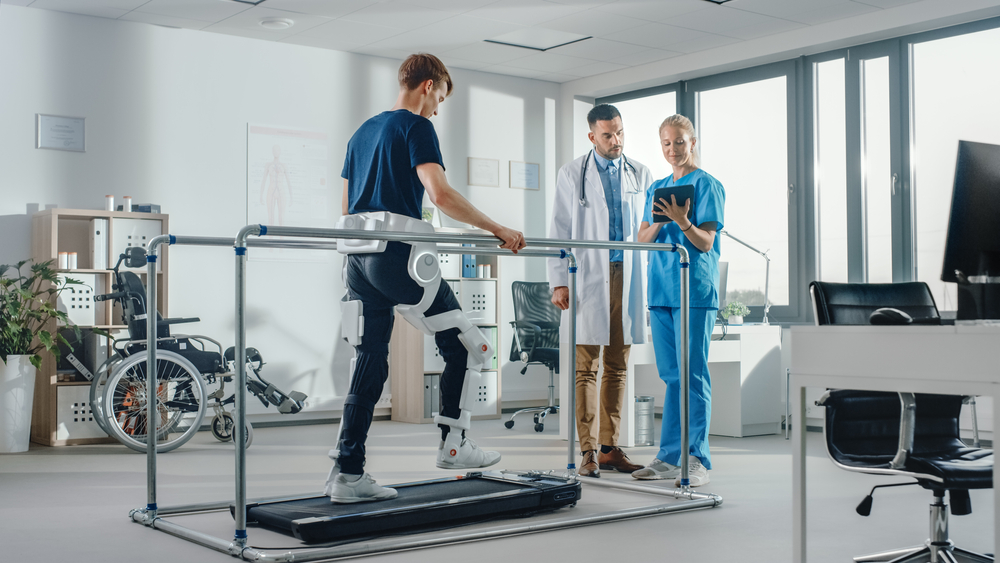
Victims of stroke and brain injury benefit from physical therapy. Other common conditions needing PT include spinal cord injury and nerve damage. But physical therapy for the caregiver is labor-intensive and can be exhausting. Robotic technology helps lessen the physical demands on the therapist. Studies show rehabilitation robotics improve outcomes for patients.
Some robots target occupational hand-to-eye coordination. Such therapy is often needed for victims of stroke. The treatment is made more enjoyable by introducing elements of gaming. The patients are more motivated to continue and spend longer doing the exercises. So, outcomes are improved. In addition, the robot helps to check progress with a variety of statistics. Many vendors are offering these kinds of robotic therapies.
Helping people to walk is another area in which robotic technology is commercially available. One approach is an exoskeleton, in which the robotic frame is strapped to the patient's body. The patient can push a button, and the electric actuators help with standing. Another button push and the robotics help the patient to walk. The robotic actuators assist with putting one foot in front of the other.
For bedridden patients, physical therapy is quite important. Studies have shown that bedridden patients rapidly lose muscle mass if they get no exercise. Physical therapists help by moving especially the patient's legs in specific ways. Yet this is tiring and often results in back or another injury for the caregiver. The US National Institutes of Health conducted a study into the incidence of such damage. The study found a high incidence of work-related strains among physical therapists. Such injuries occurred annually in 20.7% of surveyed therapists.
Robots have been developed that help the patients and the therapists. The therapist fastens an articulated robot arm to the patients' leg. Next, the caregiver "demonstrates" the movement to the robot. Once it has learned the movement, the robotic arm can exactly repeat the movement as many times as the therapist directs.
Another rehabilitation approach involves an overhead track as well as an exoskeleton. Tethers suspended from the track prevent the patient from falling. And the exoskeleton assists the patient make the correct walking movements.
Some robotic occupational and physical therapy is designed to be used at home. These typically involve hand and foot therapy. The robot-assisted movements enable the patient to achieve a greater range of motion. Most such robotic therapies are offered as a monthly service. Rather than buying the robot, the patient rents it for as long as is needed.
Request offers of robotics for rehabilitation
Robots for Training Medical Personnel
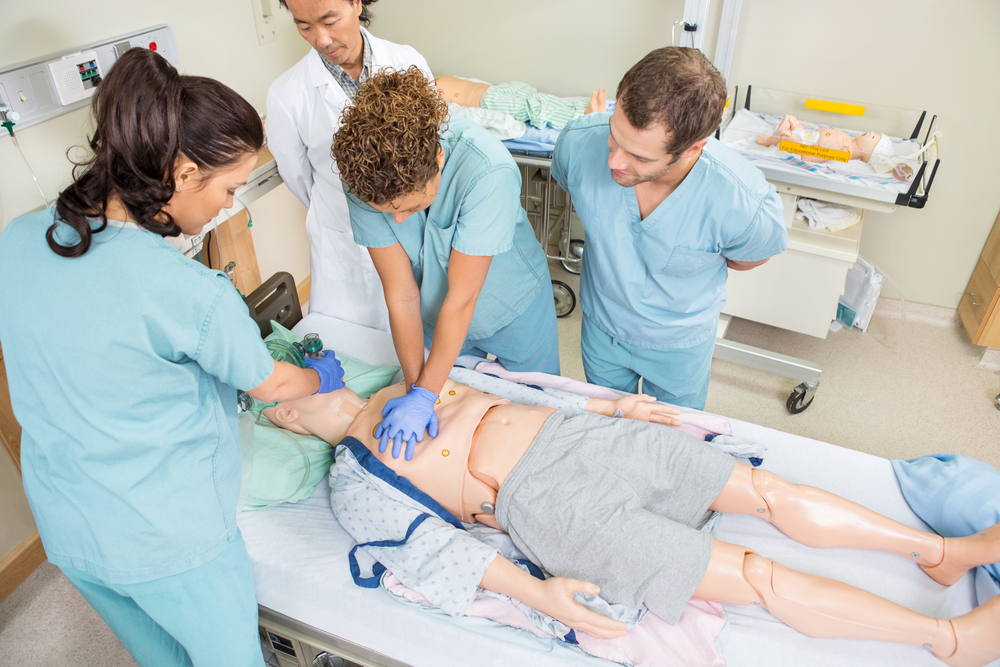
Training of medical professionals is an area in which robotics are increasingly used. One approach is Virtual Reality (VR) training. The student wears a VR mask and "sees" an operating room with a team of assistants. The VR system responds to voice control. The student can address virtual team members by name. The learner can direct medication of a specific dosage be given, among many other options. Treatment of heart attack is an example of a good application for VR training.
Robotic patient simulators (RPS) offer a low-risk and realistic training experience. Mannequins have often been used in the past, but they lack the ability to respond. The lack of response limits the realism of the training. In contrast, robotic patient simulators can move, cry out in pain, and even respond to treatment. Studies show learning is better retained when the simulation is more realistic.
Request offers of training robots
Social and Telepresence Robots
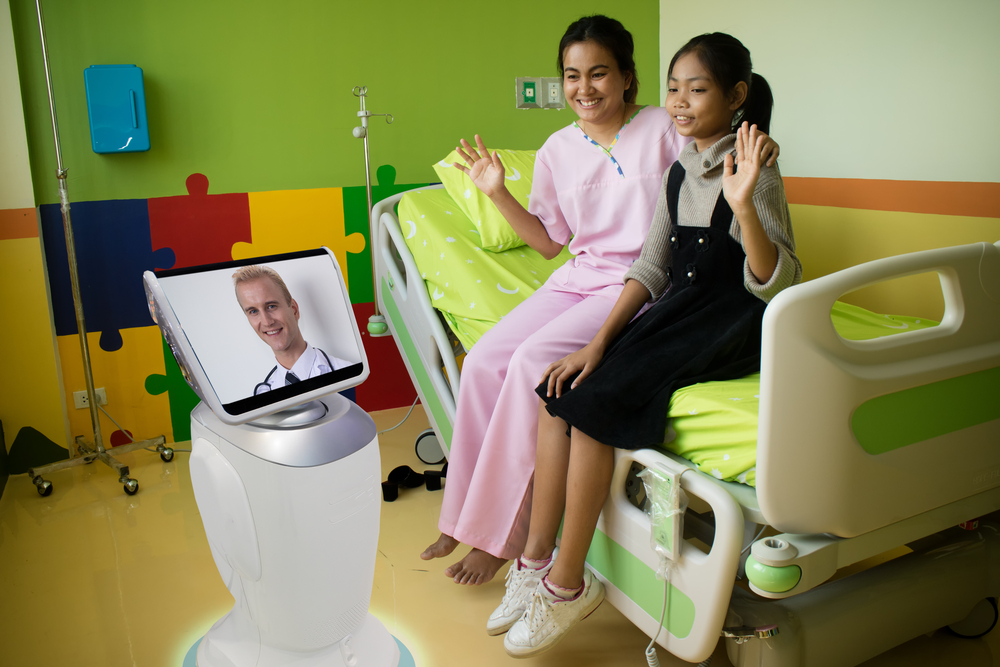
Patients with dementia sometimes become agitated and violent. Many such patients are currently sedated. Sometimes they are physically restrained with straps. Significant success has been achieved with social robots. One such robot looks like a furry baby seal. Others look like kittens and puppies. Many patients who have contact with such a robot quickly settle down, smile, and feel good. There is no use of drugs. Of course, it does not work in all cases. Yet if the companion robot is not effective, there is no harm done.
There is a considerable variation in price corresponding to how lifelike the "animal" is. More expensive and sophisticated robots have many sensors. They make cute and appreciative facial expressions in response when they are stroked. The robots make lifelike sounds and can even learn from their owners. Some companion robots cost only a couple of hundred dollars – others cost thousands.
Social isolation and loneliness are common among older adults. Mobile telepresence robots have proven to be helpful. The robot is equipped with a video display, camera, microphone, and speaker. Some models have a degree of autonomous movement. Often, the user can direct the robot to move or call someone using voice control. The robots function as social assistants, connecting people with each other. Users can be reminded of appointments and tasks. Some models provide cognitive stimulation and encourage the user to exercise. Improving safety is another benefit, as the robot can call for help if the user falls or cries for help.
Despite the benefits, telepresence robots are not yet widely adopted.
Request offers of social and telepresence robots
Patient transfer robots
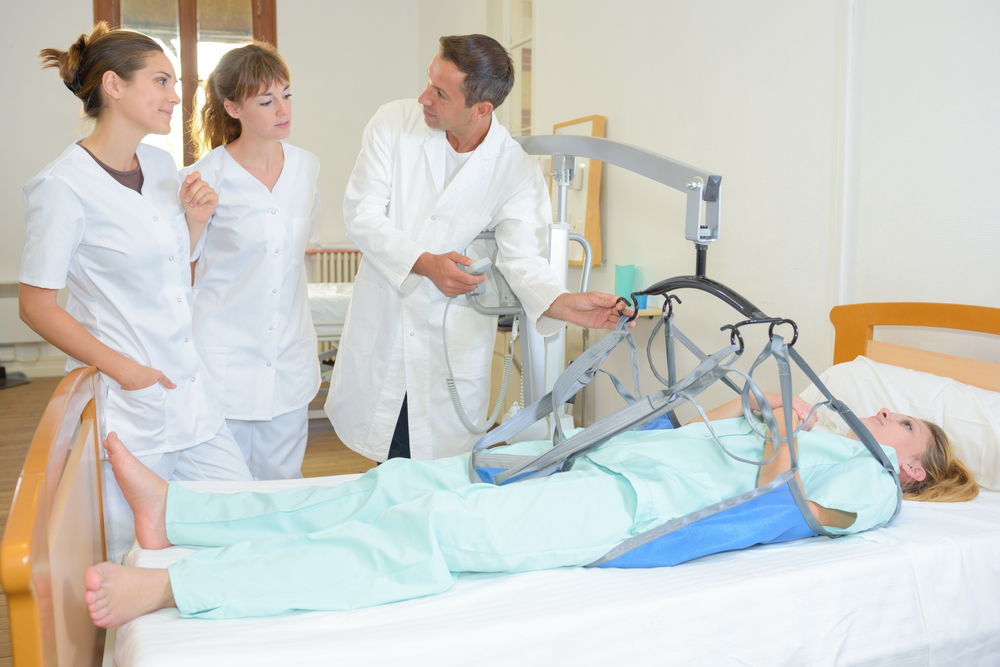
Transferring patients from a wheelchair to a bed is difficult. It puts the patient at risk for a secondary injury. And the caregiver might also become injured. Transfers are more difficult for the nurses and assistants when the patients are large. Often, the transfer requires multiple caregivers.
Robotic patient transfer solutions solve these problems. One approach involves a thin platform mounted on a mobile base. The operator positions the device next to the patients' bed. Under operator control, the platform is extended by electric motors to go under the patient. Rotating bands around the platform pull the patient onto its surface. In this way, the patient is securely centered on the extended platform. Next, the operator pushes a button to retract the platform. Now the patient becomes centered on the mobile base of the robot. The process is repeated in reverse to make the transfer to a gurney. The procedure is gentle, and the patients report little sensation of movement.
Another approach involves a sling placed under the patient, either in bed or in a wheelchair. The robot is a miniature crane that lifts the sling with the patient. A joystick controls robotic models. Electric actuators gently lift and position the patient under operator control. It is a flexible solution allowing for transfer from bed to gurney and back, and from wheelchair to bed. This robotic crane approach may be more work than the solution described in the previous paragraph because it requires putting the sling under the patient.
Request offers of patient transfer robots
Healthcare Robots for Delivering Items
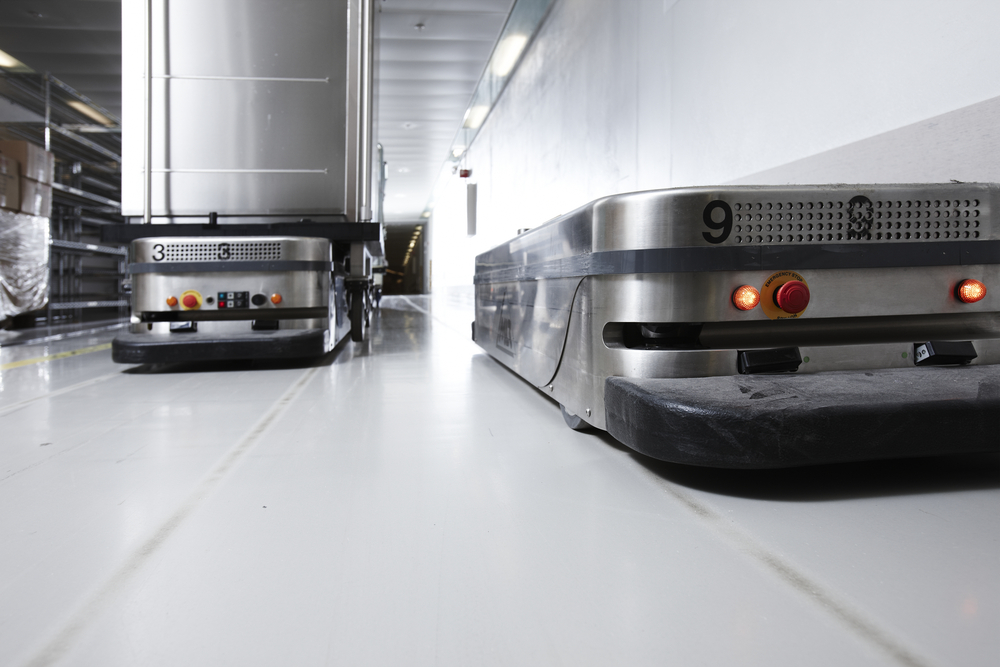
In hospitals, a significant portion of the working day for healthcare workers is traveling. Healthcare delivery robots reduce the time that patient care technicians spend walking. Less time traveling translates into more time with patients.
Autonomous Mobile Robots (AMRs) are transforming healthcare, especially in hospitals. AMRs can deliver
- fluid samples
- specimens
- linens
- meals
- medications
- equipment
to and from patient rooms. Larger healthcare systems have employed pneumatic tubes and even rail systems for such deliveries. These methods are costly and not flexible when procedures are changed, or rooms are relocated. AMRs can travel as fast as people along a corridor. They can avoid obstacles automatically. They can even plan a new route because each robot carries a complete map of the facility in its memory.
Crucially, AMRs free up the time that nurses or other staff would spend transporting these items.
Request offers of healthcare robots for delivering items
Picking and Dispensing Robotics
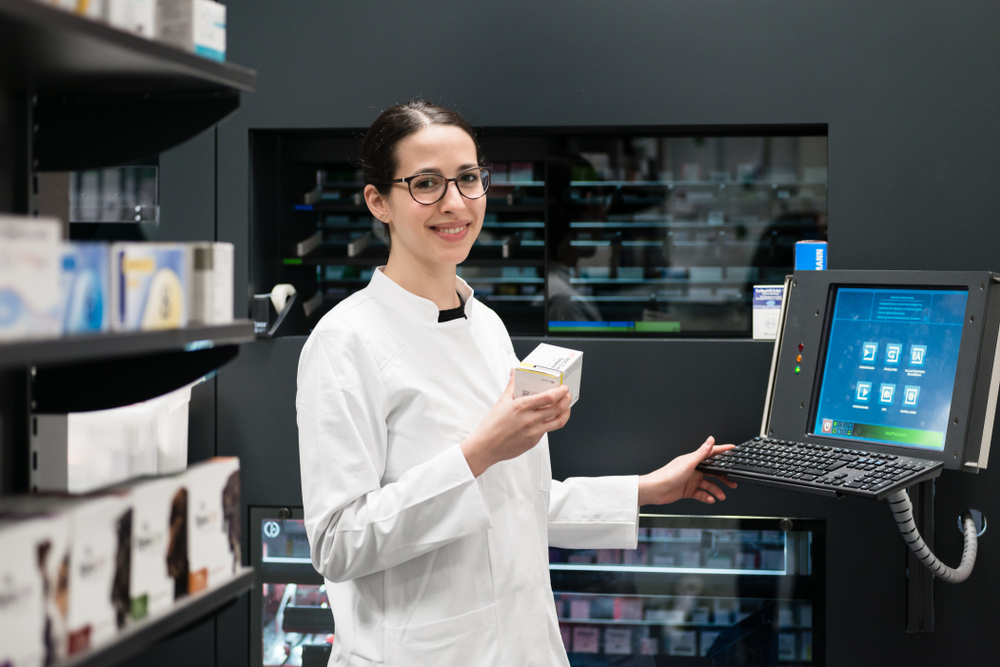
Maintaining a well-stocked pharmacy, and dispensing medications, are labor-intensive jobs. Robotic systems significantly reduce the time required for:
- Stocking shelves –this task is automated with specially designed intake scanners, conveyor units, robotic arms, and shelving units
- Finding the medication – robotic systems use barcodes or QR codes and can automatically retrieve medications with the tap of a finger
- Inventory tracking – always accurate and up to date
- Counting pills – machines do it faster and more accurately
A huge benefit to automated drug dispensing is reducing errors. A single overdose or wrong medication incident can result in legal action and immense consequences.
The marketplace for automated drug dispensing systems is well developed, and there are many vendors from which to choose.
Request offers of picking and dispensing robots
How to Source the Ideal Healthcare Robot for Your Organization
HowToRobot is a global platform connecting end-users with robot and automation suppliers worldwide. We have the world's largest directory of robotics companies. Using our guide, you can find the type of robot you need, ideally suited for your application.
If you want to automate a task within healthcare, you can get tailored solution proposals from various suppliers. Simply describe your project and start receiving answers.
You can also get quotes and receive product information for specific healthcare robots, parts, components, and consultancy services. You will receive product information and pricing from multiple vendors.
There are impartial HowToRobot experts who can help you navigate through the process. Click here to set up a consultation with an expert advisor
